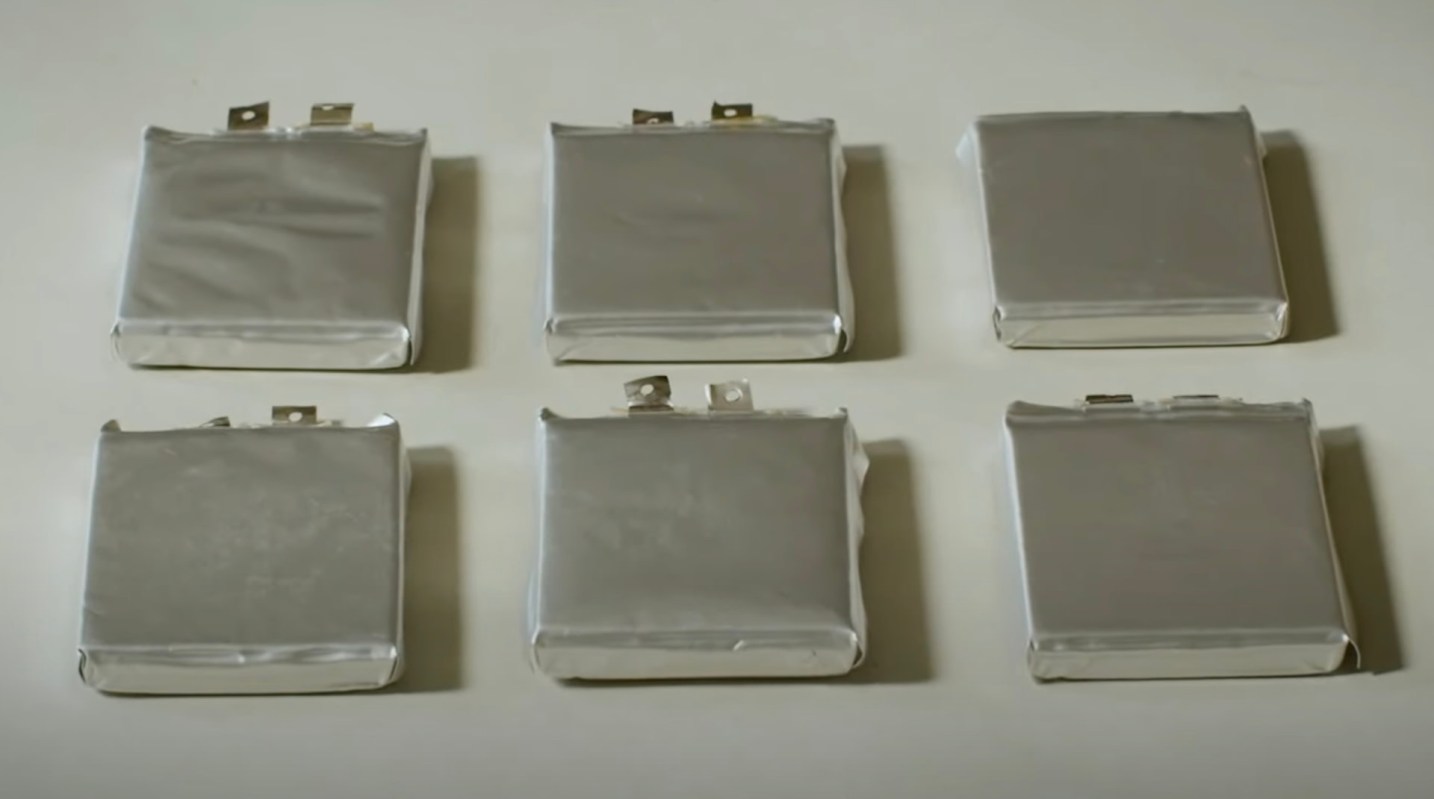While cotton and seawater might sound like a candle scent at a bed and bath shop, experts around the world are utilizing the common materials to make batteries.
The innovation is part of a report from BBC that detailed some of the latest tech in the race to build cheaper, more effective batteries for our electric vehicles and other devices.
PJP Eye, a Japanese firm, is burning cotton to create carbon for battery chemistry. The company lists two products on its website, Cambrian single-carbon and Cambrian dual-carbon power packs. The makers tout a large surface area, allowing for a battery that can recharge "10 times faster than a lithium-ion" cell. The packs are fire-safe and make less waste, as well, according to PJP Eye.
🗣️ How long would you be willing to wait for an EV to charge?
🔘 5 minutes or less ⏲️
🔘 5 to 15 minutes 🏃♀️
🔘 15 to 30 minutes ⏳
🔘 Up to an hour 😴
🗳️ Click your choice to see results and speak your mind
The company is mum on how it turns cotton into batteries.
"The exact process is secret, to be honest with you," PJP Eye chief intelligence officer Inketsu Okina said to the BBC, though the parts of the process being kept under wraps give clues to what's involved.
"The temperature is secret and atmosphere is secret. Pressure is secret," Okina added in the report.
Stated details include heat above 5,432 degrees Fahrenheit. About 2.2 pounds of cotton make 7 ounces of carbon. BBC reported that a load of cotton bought in 2017 is still being used to make battery cells, a nod to the material's abundance and longevity.
In the single-carbon version, PJP uses metal oxide (Okina wouldn't offer specifics to the BBC on what metal) for the positive electrode and burnt-cotton carbon for the negative. The dual-carbon version uses the cotton byproduct for both electrodes.
In common batteries, lithium ions move between the electrodes as the power pack charges and discharges.
PJP lists ample attributes for each battery design on its website. The single version should last up to 30 years. It is free of costly manganese, cobalt, and nickel. The dual version is set for mass production by 2025 and will also be lithium-free by 2027. Its projected lifetime is more than two decades. Both versions can use recycled "organic agricultural" waste, such as cotton, all per PJP.
Company officials list EVs, bicycles, golf carts, small buses, drones, and robots as machines that can be powered by the Cambrian tech.
The applications seem to span our electrified world.
When used for drones, the tech produces "a flight time that is 40% longer" than ones powered with lithium-ion cells, per PJP Eye. BBC cited an ATM machine in India that was still doling out cash during a blackout thanks to a backup Cambrian power pack. There's also a portable power bank, which is billed as an energy source for campers and off-grid use.
PJP Eye decided to dub the tech "Cambrian" because 485 million years ago, during the Cambrian period, organisms on Earth started to develop eyes.
The "Cambrian explosion marked the beginning of the most diverse era in Earth's history," PJP experts say on the company website.
Battery tech is now in a diverse innovation age of its own, as researchers use all sorts of materials. BBC reported on a breakthrough from Helmholtz Institute Ulm in Germany that is using abundant seawater in sodium-ion power packs.
Join our free newsletter for weekly updates on the coolest innovations improving our lives and saving our planet.








